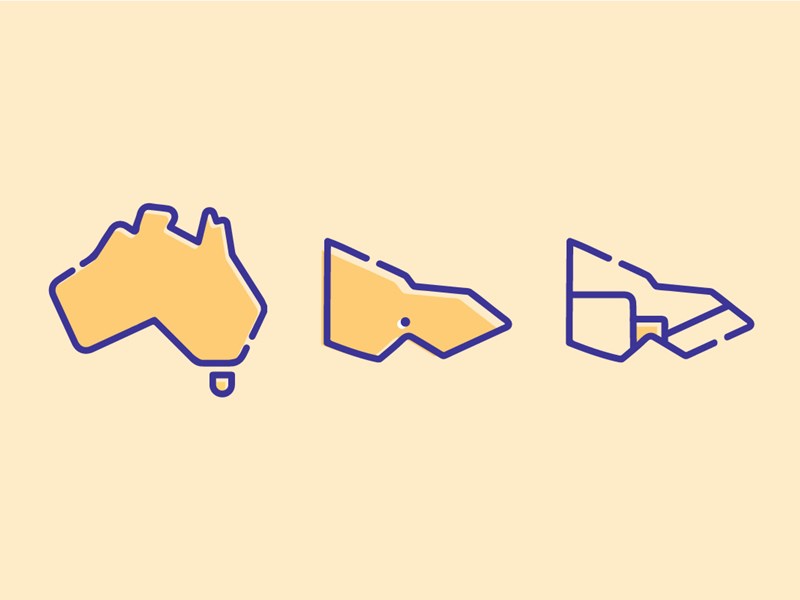Three ways to use the new three levels of government flashcards
16 February 2022

Our new three levels of government flashcards are a great way to teach students about the responsibilities of Australia's three levels of government and the relationship between them.
The cards include 30 different examples of responsibilities and services along with a key that lists the level of government that has the most oversight for each of the responsibilities and services. But for many of the examples the oversight is far more complicated. This means for examples like taxes, education and roads there are opportunities for students to discuss how the different levels of government interact and manage different aspects of a service. For instance, schools are both state (Government) and federal (Independent), while universities are the responsibility of federal government, TAFE is the responsibility of state governments.
The possibilities are endless, so below are a few different ideas that can be used to introduce the concept of three levels of government and get the conversation started. Within each of these activities students may disagree as to what level of government a service belongs to. Depending on the time allocated to the activity and the depth of discussion, you might like to ask students to provide reasons for their choice including examples. Alternatively, students can note any objections or complexities to discuss at another time. These activities are best suited to Grades 3 and 4 and middle years' students.
Snap
Like the traditional game, these quick-fire rounds will keep students on their toes:
- Students sit in small groups and deal out all the cards
- Students then take turns to place the flash cards in a pile one at a time
- When two cards in a row show services from the same level of government, for example taxes and hospitals, the first student to “snap” their hand on the pile gets to collect all the cards
- The students continue to play rounds until one student holds all the cards
You may wish to nominate some students as arbitrators if students disagree about the level of government, or add a fourth category to the game, multiple levels of government.
Corners
- Designate a corner or area of the room to each level of government
- Hold up a card and ask the students to move to the area they think is responsible for the service on the card
- Ask students in each corner why they picked that particular level of government. Students might like to include examples in their explanations using a thinking routine such as 'What makes you say that?'
- If you wish to run the activity as a competition, those students who chose incorrectly (or in the case of the complex examples, the least correct response) can be eliminated
For an extra degree of difficulty, you may wish to include the option for students to stand in the middle between two or all three options if they think a service might be the responsibility of more than one level of government.
Two levels of government
Some jurisdictions don't have three levels of government. For example, New Zealand and England have two levels of government. The ACT is also a useful case study as the ACT government does both the roles of the state and local government (What makes the ACT unique)
This activitiy asks students to reflect on the purpose and benefits for each of the levels of government, and you may like students to work individually, in pairs, in small groups or as a whole class
- Students categorise the cards into the different levels of government they think are responsible for the service
- One level of government is then removed. This could be done randomly, students could chose which level they think is unnecessary, or different groups or individuals can have different levels removed
- Students must then reassign the services and responsibilities to the two remaining levels of government, and provide reasons for their decisions
- Students can explain their decisions to the class as a way of further discussing how and why the three levels of government have different responsibilities and manage different services
Reflecting on the learning
The thinking routines 'I used to think...now I think' or '3-2-1 Bridge' can be used after the activities for students to reflect on and consolidate their understanding.
If you think of any other ways to use our flashcards, let us know at education@parliament.vic.gov.au